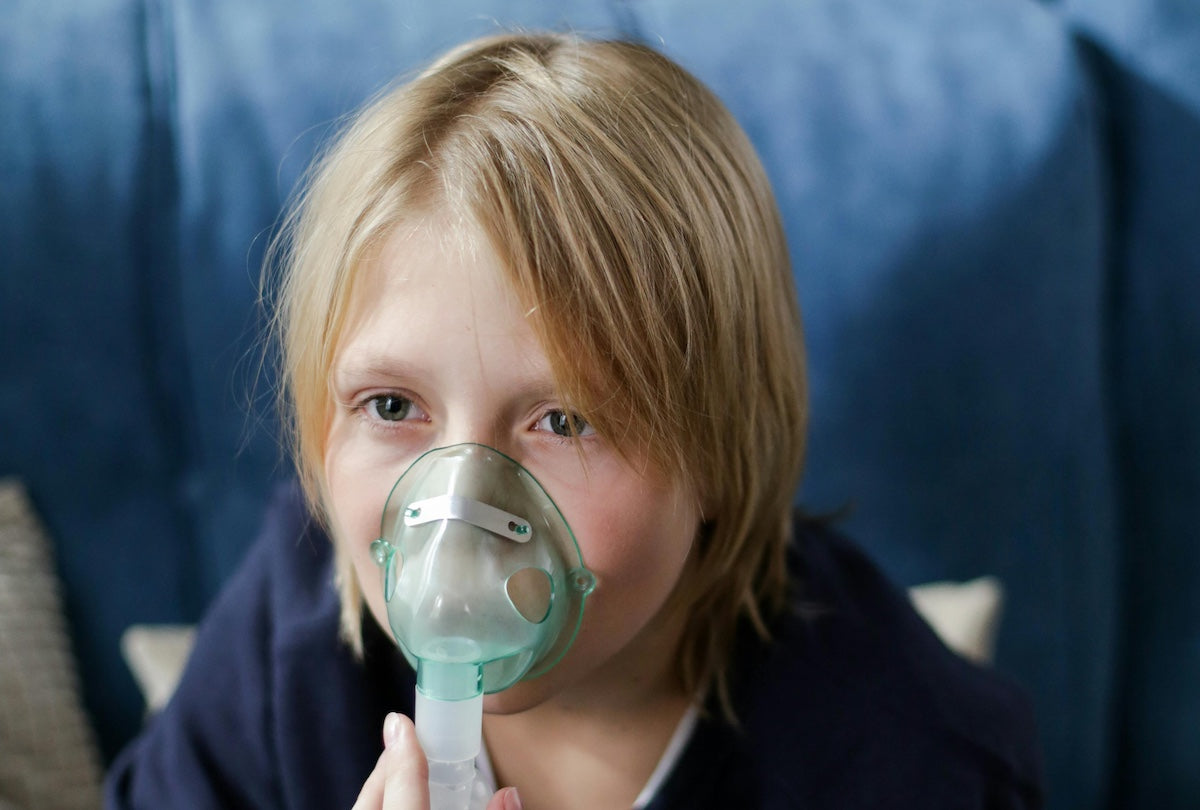Why Childhood Asthma Deserves Special Attention
Asthma has surged worldwide over recent decades, and children shoulder a disproportionate share of the burden. Small airways mean even modest swelling can dramatically restrict airflow, turning a routine cold or a whiff of smoke into wheeze, cough, and chest tightness. Diagnosis can be tricky in the youngest kids because objective lung tests are hard to perform and symptoms are easily mistaken for recurrent infections. Beyond the personal toll, the economic impact is substantial, with medication costs, emergency visits, and missed school days adding up quickly.
Where Omega-3s Fit in an Inflammatory Disease
Asthma is, at its core, an inflammatory disorder of the airways. Omega-3 long-chain polyunsaturated fats—especially EPA (eicosapentaenoic acid) and DHA (docosahexaenoic acid)—help resolve inflammatory responses and influence immune signaling. In contrast, modern diets often tilt heavily toward omega-6–rich seed oils, which can bias the same pathways toward pro-inflammatory mediators. That doesn’t make omega-6 “bad,” but the pattern underscores why adequate EPA and DHA, from fish or algae, matters for the lungs. ALA, the plant form of omega-3, converts only sparingly to EPA and DHA, so direct sources are usually needed to move the needle.
What the Research Shows About Omega-3s and Kids’ Lungs
Several high-quality studies now point in the same direction. In preschoolers, higher dietary and blood omega-3 levels have been associated with fewer asthma diagnoses and less recurrent wheeze by age three, even after accounting for confounders. Intriguingly, these benefits appeared strongest in children with good vitamin D status at birth, hinting at a biological synergy between the two nutrients.
Randomized trials starting before birth strengthen the case. In one landmark study, women who took 2.4 grams per day of EPA+DHA during the third trimester had children with about a one-third lower risk of persistent wheeze or asthma by age three compared with those given placebo. The protective effect was most pronounced when the mothers began pregnancy with low omega-3 status, suggesting that baseline levels help determine who benefits most.
Diet quality also seems to modify how indoor air pollutants affect symptoms. In urban school-age children exposed to household particulate matter from cooking, cleaning, and smoke, greater omega-3 intake correlated with fewer daily symptoms, while higher omega-6 intake tracked with more severe asthma and higher inflammatory markers. The message is not that one nutrient replaces clean air, but that nutrition can blunt the impact of unavoidable exposures.
Pregnancy, Breastfeeding, and Early Life: How to Apply the Science
For expectant and new parents, a food-first approach works well. Two to three servings per week of low-mercury, oily fish—such as salmon, sardines, herring, trout, or Atlantic mackerel—supply meaningful amounts of EPA and DHA along with protein, iodine, selenium, and vitamin D. When diet falls short, a prenatal omega-3 providing at least 200–300 mg of DHA daily is a reasonable foundation, and higher targeted intakes may be considered under clinical guidance when baseline omega-3 status is low. During breastfeeding, maintaining fish intake or continuing supplementation helps ensure DHA remains available as the infant’s brain and lungs continue rapid development.
For children who rarely eat fish, pediatric-appropriate fish oil or vegan algal oil can bridge the gap. These products deliver pre-formed DHA (often with EPA) in a form the body can use directly, which is particularly helpful for selective eaters.
Getting the Balance Right Between Omega-3 and Omega-6
Improving omega-3 intake is only half the equation; moderating excessive omega-6 from ultra-processed foods and certain seed oils can further normalize inflammatory signaling. Choosing olive oil for everyday cooking, emphasizing whole foods, and using nuts and seeds as accents rather than main calorie sources can shift the overall pattern without rigid rules. The goal is not elimination of omega-6, but restoring a healthier dietary balance that supports airway resilience.
How Much Omega-3 Is Enough?
Exact needs vary with age, diet, and physiology. During pregnancy and lactation, most authoritative groups recommend at least 200–300 mg of DHA daily, often alongside EPA. Some trials that demonstrated wheeze/asthma benefits used higher doses in late pregnancy; these should be individualized with clinician oversight and, ideally, guided by a simple blood status test. In children, practical intakes often range from a few hundred milligrams of combined EPA+DHA per day when fish is scarce, with food sources prioritized whenever possible. Because response depends on where you start, measuring an Omega-3 Index (or a prenatal DHA level) and rechecking after 8–12 weeks can personalize dosing and avoid both under- and over-supplementation.
Best Food and Supplement Sources of EPA and DHA
Cold-water fish such as salmon, sardines, herring, trout, and mackerel offer the densest EPA/DHA per serving, and canned options make routine intake affordable and convenient. For families avoiding fish, algal oil is a clean, sustainable source of DHA (and sometimes EPA) that performs comparably to seafood in raising blood levels. Fortified eggs and dairy can contribute smaller amounts, but usually not enough alone to meet pregnancy or therapeutic targets.
The Bottom Line for Families
Omega-3s won’t replace inhalers or air purifiers, but the evidence now supports their role in lowering the risk of early wheeze and asthma when started in pregnancy and maintained through early childhood—particularly where baseline omega-3 status is low and indoor air quality is hard to control. Focus on regular intake of EPA and DHA from fish or algae, maintain sensible vitamin D levels, moderate excess omega-6 from ultra-processed foods, and consider simple blood testing to tailor intake. Small, steady nutrition choices can meaningfully support children’s lungs in a world where triggers are hard to avoid.




